I hit menopause and found I was osteopenic - this is what cyclists (male and female) need to know
Bone health declines as we age, and cyclists are more vulnerable than most - but there's a lot we can do to address the problem, as physiotherapist and racer Nicole Oh explains
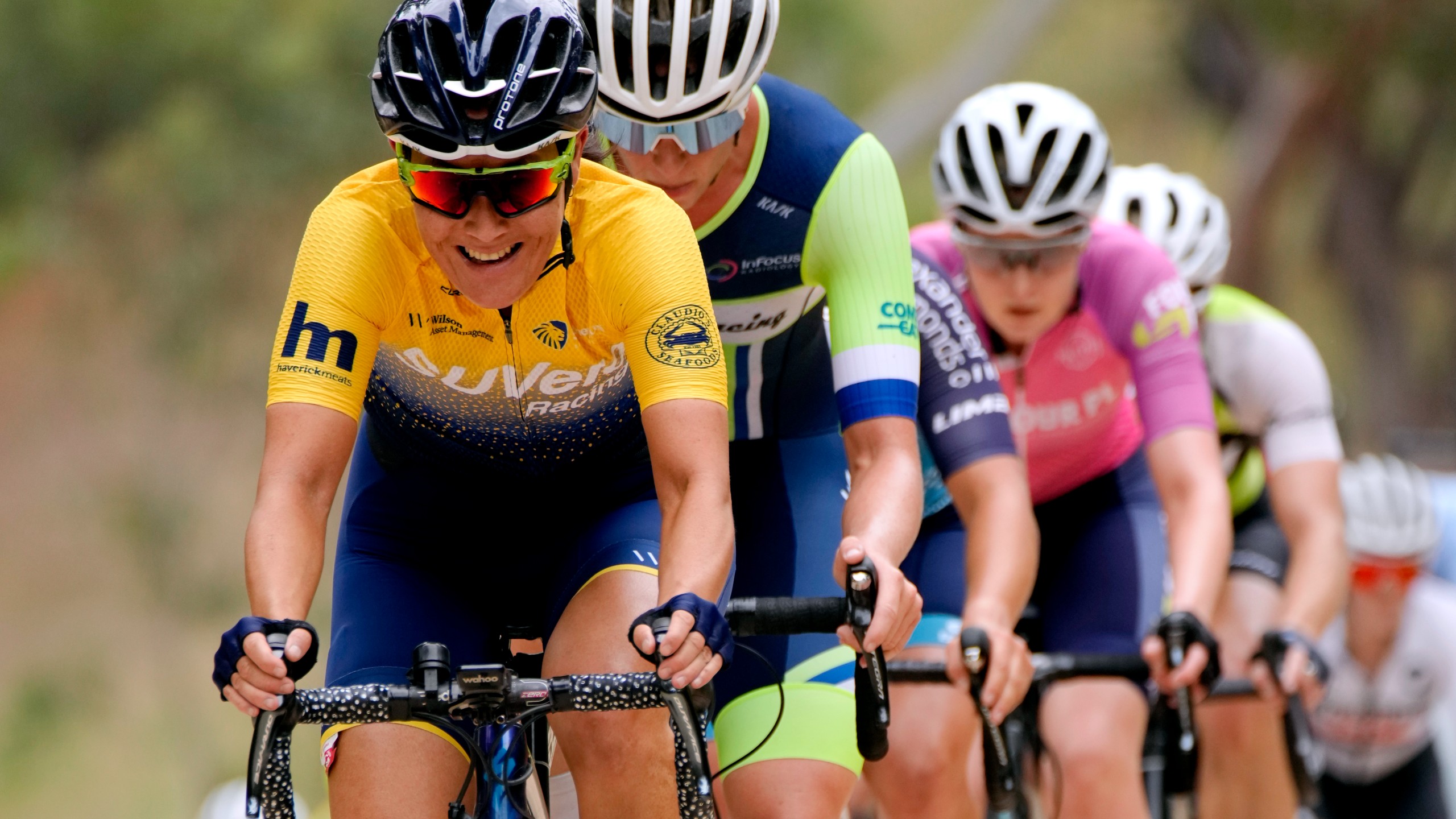
Cyclists love riding bikes, but riding bikes doesn’t always love us back - in particular, when it comes to bone health. Whilst cycling is great for our health - mental and physical - cyclists tend to have lower bone density than the general population, and the higher the level of cycling, the worse our bone density is likely to be. Considering the high risk of crashing or falling off our bikes, especially for those of us who race, this is not an ideal situation.
I had my first DEXA scan in 2018 as part of a pilot study looking into bone density in cyclists, and despite having been a competitive cyclist for almost a decade, my bone density (hip and lower back) was above average, even compared to the general population. As well as favourable genetics, this is likely due to the fact that I played a lot of team sports as a teenager and young adult. Activities that involve jumping, landing and running with rapid changes in direction during high growth years will optimise bone density for later life.
When I hit menopause 5 years later, I requested to have another DEXA scan to get baseline values as I was relatively young (at 46 years of age), and I knew bone mass significantly declines during menopause. I was somewhat shocked to discover that my bone mineral density had dropped so much that I was now in the osteopenic range, particularly for the hip. It was definitely time to act. Whilst the menopause does have a major impact on bone health for women, ageing male cyclists are also vulnerable.
With some hard work, and targeted training, I’ve reversed some of the negative effects - here’s how.
Start with a DEXA scan
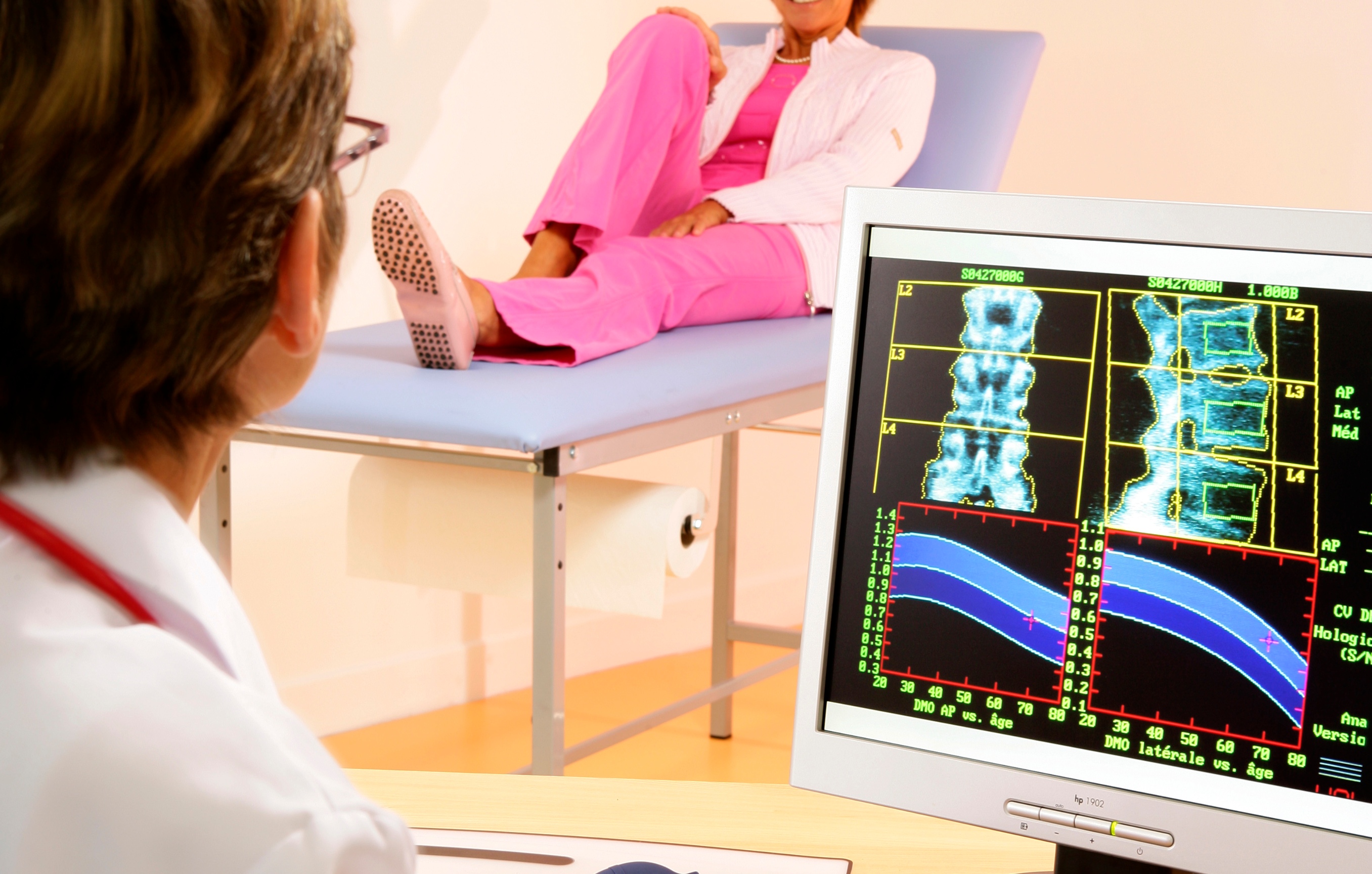
A DEXA scan will arm you with the facts
Why does menopause impact bone health
In healthy normal women, oestrogen decline related to the onset of menopause is the major cause of accelerated bone turn-over and the consequent decrease in bone density, leading to decreased bone strength. Low levels of oestrogen significantly increases bone resorption over formation due to the loss of restraint and control oestrogen has over mediators of bone resorption, resulting in accelerated bone loss.
The loss of oestrogen also contributes to lower muscle mass and strength in menopausal women. Less muscle means less forces exerted upon the bones to which they attach.
There is no way to know what your bone density is unless you get a DEXA scan. Unfortunately, many cyclists may only suspect their bone density is sub-optimal after experiencing multiple fractures from falls, or fractures from relatively low speed or impact.
T-scores are used to report test results, and they denote your bone density compared to what is normally expected in a healthy young adult of your sex. A score of -1 and above indicates normal bone density, between -1 and -2.5 is a sign of osteopenia (low bone mass), and -2.5 and below indicates the presence of osteoporosis.
I had a repeat DEXA scan one year after my scan which showed I was osteopenic, and was pleased to see that my hip bone density had increased from -1.7 to -1.2 with the strategies I had adopted to improve bone health. My lumbar spine and total femur scores had also increased.
Get The Leadout Newsletter
The latest race content, interviews, features, reviews and expert buying guides, direct to your inbox!
Introduce (or increase) strength training
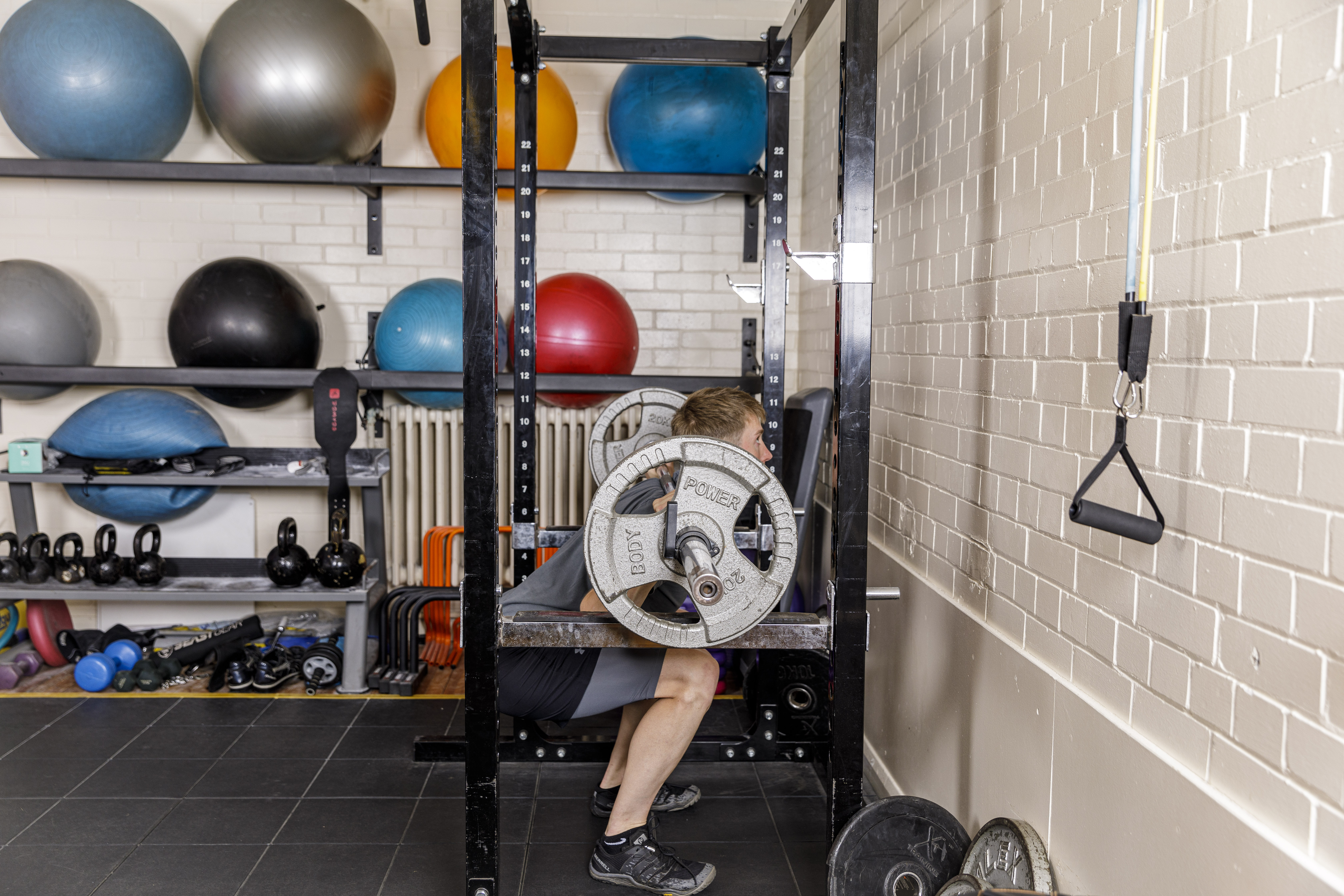
Squats and weight training are a good place to start
Is this a consideration for male cyclists, too?
Cycling is essentially a non-weight bearing, repetitive, single plane sport. This form of exercise does not put sufficient load on our bones needed to stimulate bone growth. Besides a lack of mechanical loading, other factors that are detrimental to bone health include a tendency for low body weight, low energy availability (under-fuelling combined with a high volume/high energy expenditure sport), and loss of calcium through sweat. Cyclists may also be reluctant to include heavy resistance training in their program due to the belief that they will put on bulk and body weight, or have muscle soreness and fatigue. These risk factors apply to both males and females.
Many studies have shown that male cyclists have lower bone mineral density than men of the same age. Whilst males are do not experience the same rapid and significant decline in oestrogen as women do, they do experience a decline in sex hormones as they age, which will effect their bone mass in later life.
When muscle contract, they pull on the bones they are connected to, providing the stimulus for bone remodelling, a process where old bone tissue is broken down and replaced by new bone tissue. The load or force needs to be sufficient enough to stimulate these changes, which is why heavy resistance training is required to improve bone health.
Resistance training also helps to build and maintain muscle mass and strength, meaning the muscles are capable of producing more force, which in turn, means more forces are exerted upon the bones to which they are attached. Muscle mass can also provide protection for our bones on impact if you happen to be involved in a crash. It will also improve your cycling performance!
My twice weekly program has involved the use of free weights targeting the hips, spine, shoulders (think of those collarbones), consisting of exercises such as squats, deadlifts, steps ups, lunges, rows, push ups, and russian twists to name a few.
Get jumping!

You can work up to box jumps using lower steps
Plyometric training is characterised by high-intensity, explosive movements with high acceleration and deceleration. Our muscles produce the most significant force possible in the shortest time by utilising elastic characteristics of muscles and the stretch-reflex mechanism.
Plyometrics stimulate bone remodelling and the formation of new bone tissue through the high force of muscle contractions, as well as impact forces they generate, hence leading to increased bone density and strength.
Plyometric training should only be introduced once baseline level of strength is achieved and your muscles, tendons and joints have been conditioned to cope with the high and rapid loading. The amount of time taken to achieve this will depend on the individual; one research paper says you should be able to free squat 0.6 times your body weight 5 times in 5 seconds. I usually start Plyometrics after 2-3 weeks of baseline strength training, although I have a good history of strength training over the years and am also confident in my technique.
Examples of plyometric exercises are box jumps, skipping, jump squats, depth jumps, and jumping lunges. Once the progression on these runs out, you can add weights (such as jumping lunges, holding dumbells), but it’s important to nail the correct form before adding complexity.
I originally started plyometric training to increase my maximum power and sprinting ability, but now use it as an efficient stimulus for bone growth.
Ensure you're fuelling properly
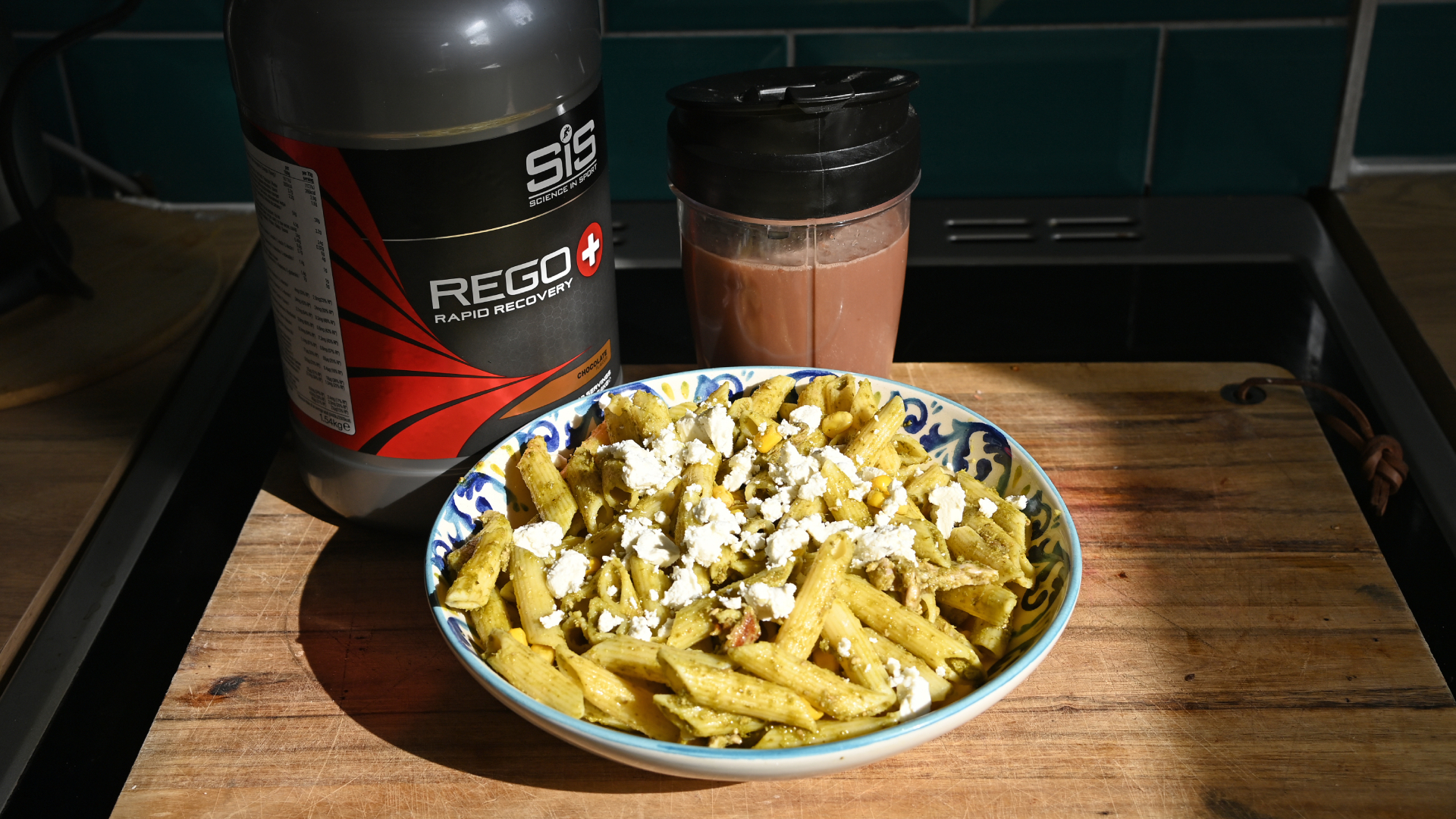
Getting enough fuel in is important
Many highly active individuals, particularly endurance athletes, have difficulty matching their dietary energy intakes to their exercise energy expenditure, which inevitably results in low energy availability. Often this under-fuelling is unintentional due to a lack of awareness, knowledge or time, rather than involving any type of disordered eating or desire to lose weight.
Sufficient energy availability, particularly carbohydrate intake, is required for normal bone metabolism, both for supporting bone formation and limiting bone resorption.
Additionally, in women, chronic low energy availability can lead to suppression of the menstrual cycle and production of oestrogen. Oestrogens are key regulators of bone turnover, helping to prevent bones getting weaker by slowing the natural breakdown of bone. Low oestrogen significantly speeds up bone loss.
I often struggle to eat enough during the week, mainly due to my job as a physiotherapist and bike fitter, which involves face to face contact in a busy clinic. Aware this was an area of low-hanging fruit for improvement, I set myself the goal of being more organised with preparing food the night before to take to work. Rice, pasta or cous cous with tuna or chicken are easy lunch options, yoghurt with nuts or granola for snacks, and pikelets or brioche rolls as pre-fuelling for after work training or a race.
Take in enough calcium
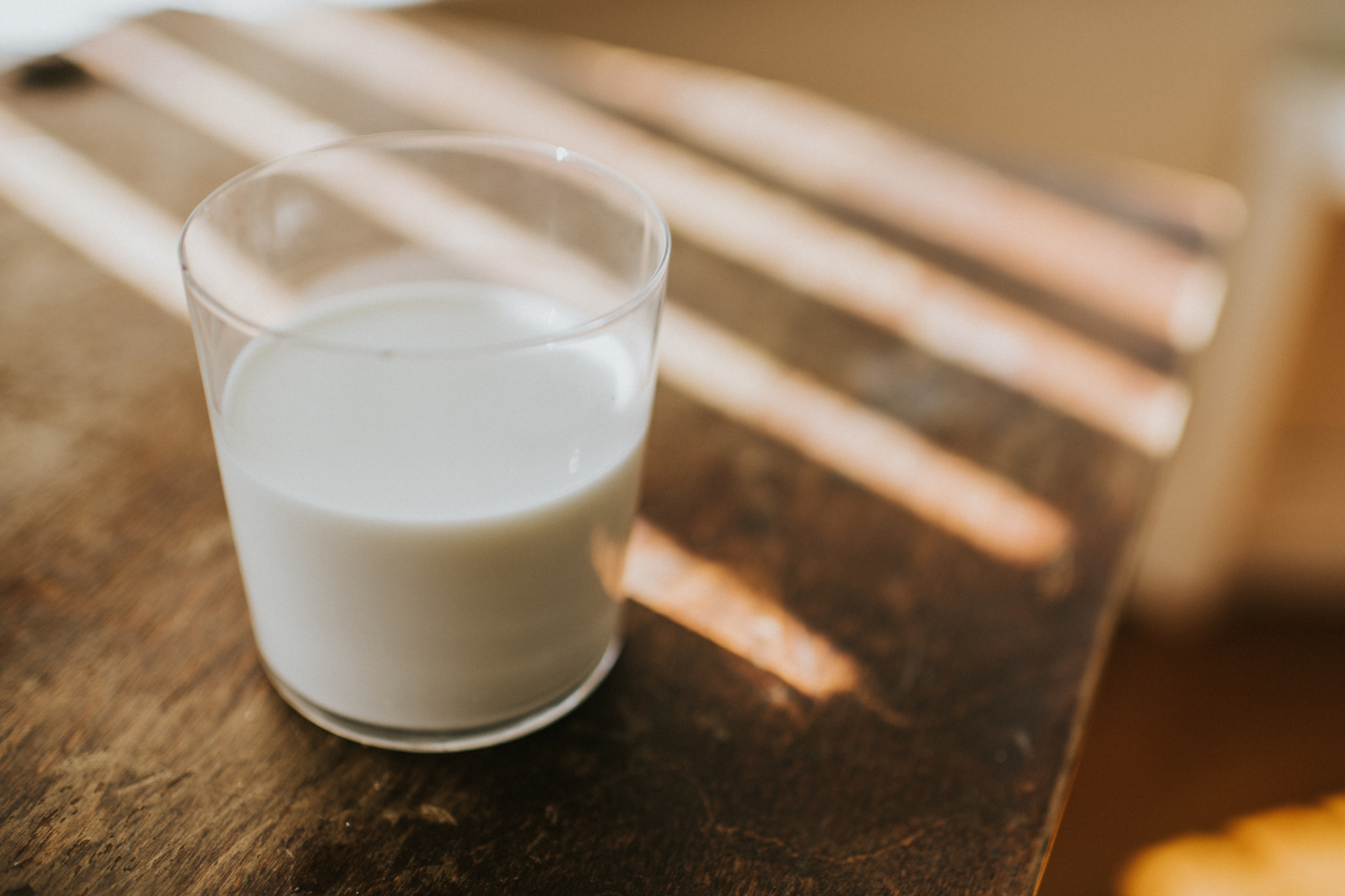
Got milk?
Calcium plays an integral role in many bodily functions, including muscle contraction and brain function, as well as being a major bone forming mineral. About 1% of the calcium in our bodies is used to support these functions, with the remaining 99% being stored in our bones (and teeth).
During prolonged hard exercise, a rider can lose hundreds of milligrams of calcium an hour through sweat. Our bodies will defend this loss of calcium in our blood by drawing it from our bones. And, if we do not get enough calcium in our diet, our body will take the calcium it needs from our bones. If we don’t make sure to take enough in to support the exercise we’re doing, this can lead to calcium deficiency and hence poor bone health.
The majority of dietary calcium intake comes from dairy products (milk, cheese, yoghurt etc), with smaller amounts from bony fish, legumes, spinach, and fortified products such as cereals. Dietary recommendations are 1000 mg per day for adults, increasing to 1300 mg per day for women over 50 yrs and men over 70 yrs. Calcium supplements can be an option for those who are not getting enough calcium from their diet.
I have always had a normal diet with no dietary restrictions, and consume plenty of dairy products, so this wasn’t an action point for me, but it’s one to be aware of.
Get enough Vitamin D
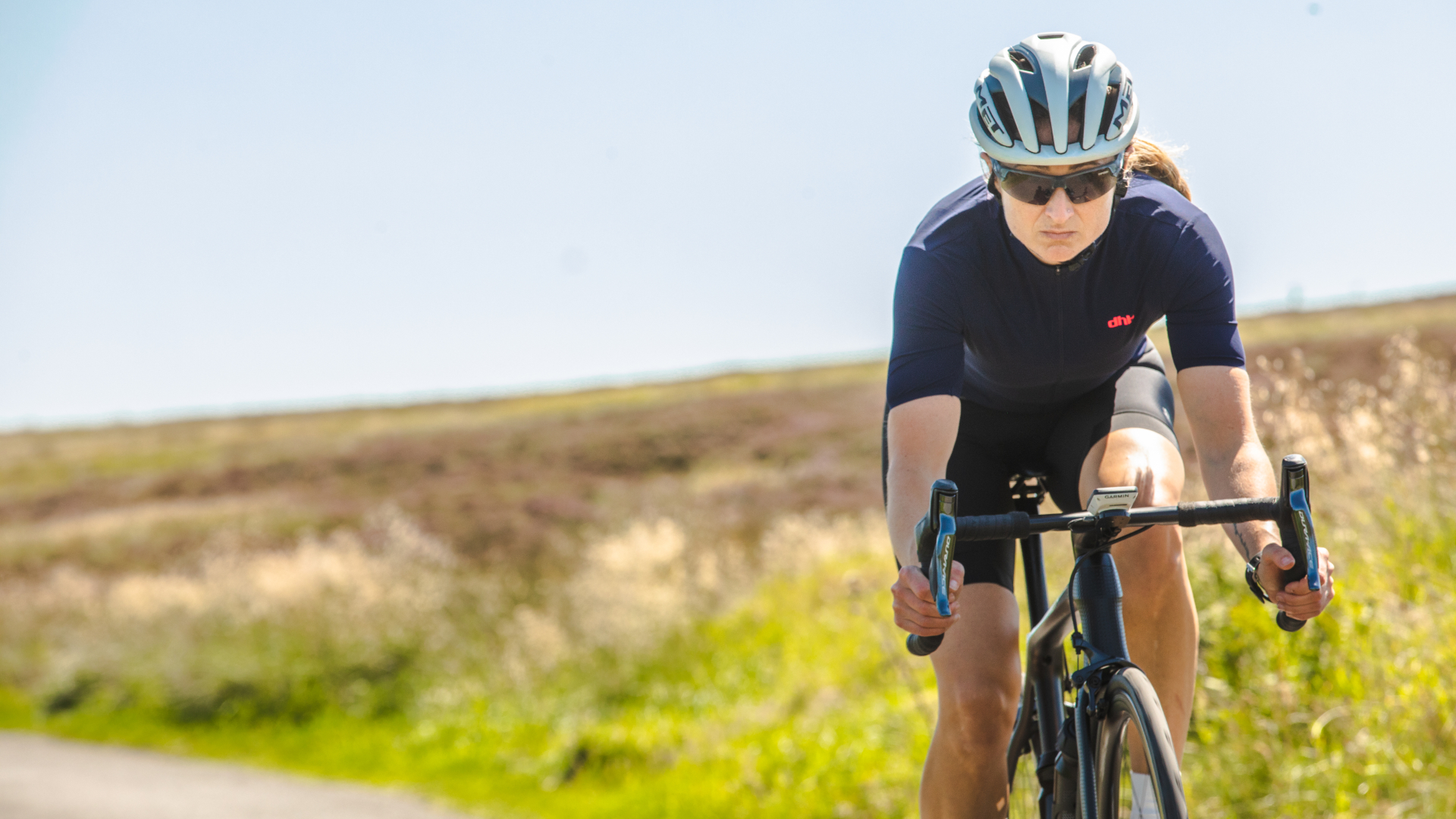
Riding in the sunshine may not be enough for UK cyclists
Vitamin D is essential to absorb the calcium we get from food and enable normal bone mineralisation. It also has a role in muscle function, immune function and reduction of inflammation.
For the majority of the population the main source of vitamin D is synthesis following exposure of the skin to UVB radiation. Limited sun exposure is needed to maintain adequate levels of vitamin D, but this exposure should be balanced with skin protection and the risk of skin cancer.
Exposure times are based on the season, location, skin type and the amount of skin exposed. It can be as little as 10-20min between 10am to 3pm of sun exposure (arms and legs) a few times a week to get an adequate Vitamin D dose. Those who train early in the morning, spend most the day in an office, or use sunscreen at all times may not be getting enough exposure, and may need to consider supplementation, especially during the winter months.
Vitamin D levels will change throughout the year. Levels of at least 50nmol/L is considered adequate, although 75nmol/L or more is optimal. Levels below 25nmol/L is associated with Vitamin D deficiency.
My love of sleep means that I often do long “ProHour” (later) rides on the weekend, meaning I get plenty of sun exposure - and, living in Sydney also helps. My last blood test showed a Vit D level of 94nmol/L at the end of winter, so currently, calcium supplementation is not needed for me. If this is something you’re worried about, there are many services offering blood tests you can carry out at home.
And, protein

Protein shakes may be an option for you
Cyclists need to consume sufficient protein to support the increased rate of bone turnover caused by training. Protein also increases the production of a number of hormones and growth factors, such as IGF-1, which are involved in the formation of bone.
Higher protein intakes also support the development of muscle mass and function; the associated increases in muscular force would act upon the bone to enhance bone mass and strength.
Furthermore, a high protein diet increases calcium absorption in the gut and suppresses parathyroid hormone (which releases calcium into your bloodstream), both of which promote bone formation over resorption.
The recommended dietary intake of protein for athletes is in the vicinity of 1.5 - 2.0g per kg of body weight per day. For menopausal athletes, some authors have recommended as much as 1.8 - 2.4g/kg depending on the type of activity and training undertaken that day.
Since hitting menopause, I have tried to increase the amount of protein in my diet, in particular consuming more eggs, chicken, tuna and high protein yoghurt. Every training session, both on the bike and strengthening, is followed by a recovery drink of milk with added protein.
Consider HRT during peri-menopause
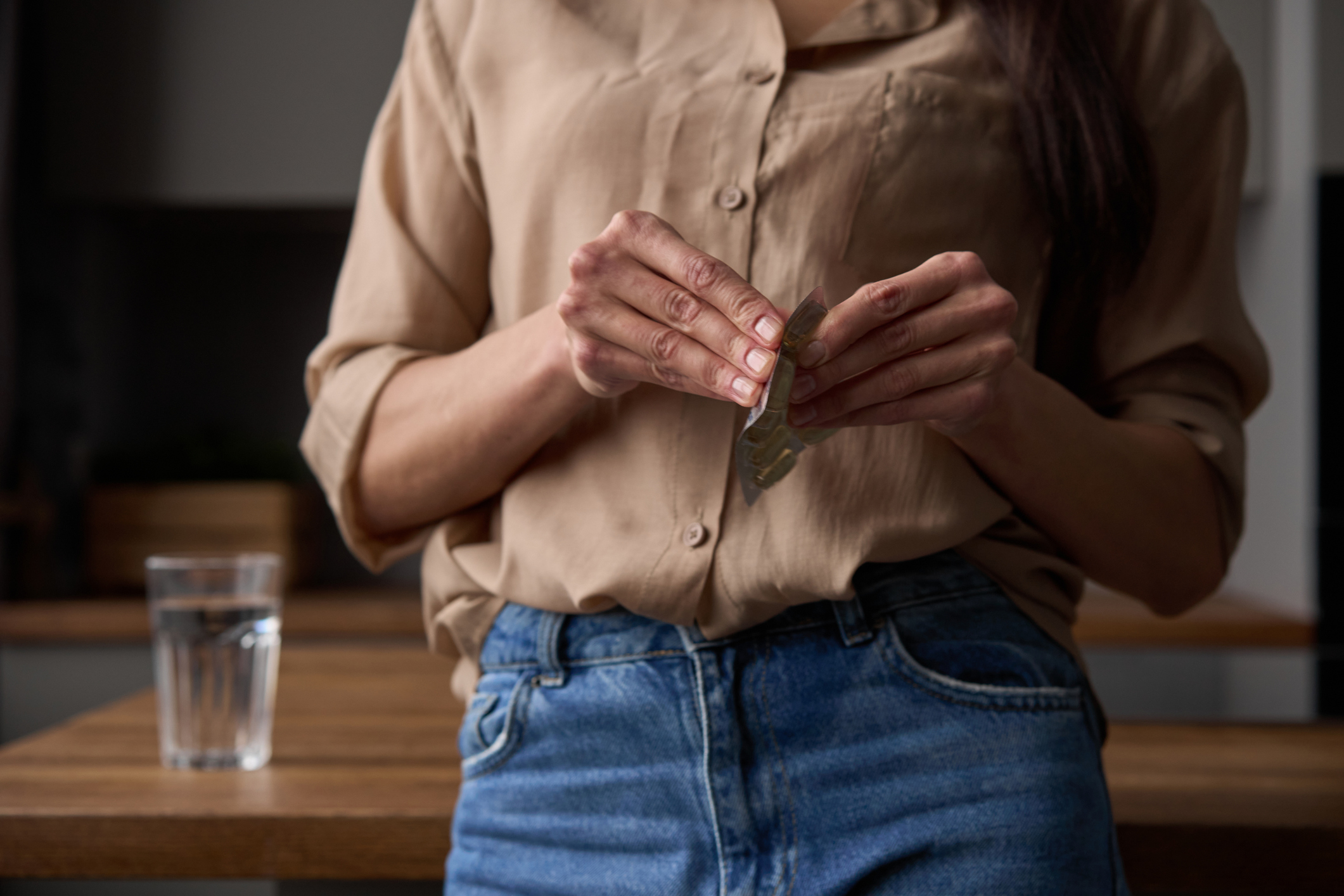
HRT can help to manage symptoms and slow decline
Age related bone loss begins around our 30s, resulting in a gradual decline of bone mineral density, although this process is accelerated in females during and up to 10 years post-menopause due to oestrogen deficiency.
Since a decline in oestrogen plays a large part in menopausal bone loss, hormone replacement therapy (HRT) is an effective treatment option supported by an increasing amount of research. It normalises bone turnover and helps to prevent further bone loss.
I started HRT just over a year ago. I had been experiencing a few menopausal symptoms, but my primary reason for being on HRT was to preserve as much bone mass as possible.

Thank you for reading 20 articles this month* Join now for unlimited access
Enjoy your first month for just £1 / $1 / €1
*Read 5 free articles per month without a subscription

Join now for unlimited access
Try first month for just £1 / $1 / €1
Nicole Oh is a physiotherapist and bike fitter, with training in biomechanical assessments, sports injury rehabilitation, acupuncture and clinical pilates.
A competitive cyclist with a background in triathlon, Nicole raced at National level in the UK, also managing and co-founding the Les Filles Racing Team. Having moved to Sydney, she works as a physiotherapist at The Body Mechanic and continues to race competitively.
-
 Cycling's riders need more protection from mindless 'fans' at races to avoid another Mathieu van der Poel Paris-Roubaix bottle incident
Cycling's riders need more protection from mindless 'fans' at races to avoid another Mathieu van der Poel Paris-Roubaix bottle incidentCycling's authorities must do everything within their power to prevent spectators from assaulting riders
By Tom Thewlis Published
-
 Why Paris-Roubaix 2025 is proof that road bike tyres still have a long way to go
Why Paris-Roubaix 2025 is proof that road bike tyres still have a long way to goParis-Roubaix bike tech could have wide implications for the many - here's why
By Joe Baker Published